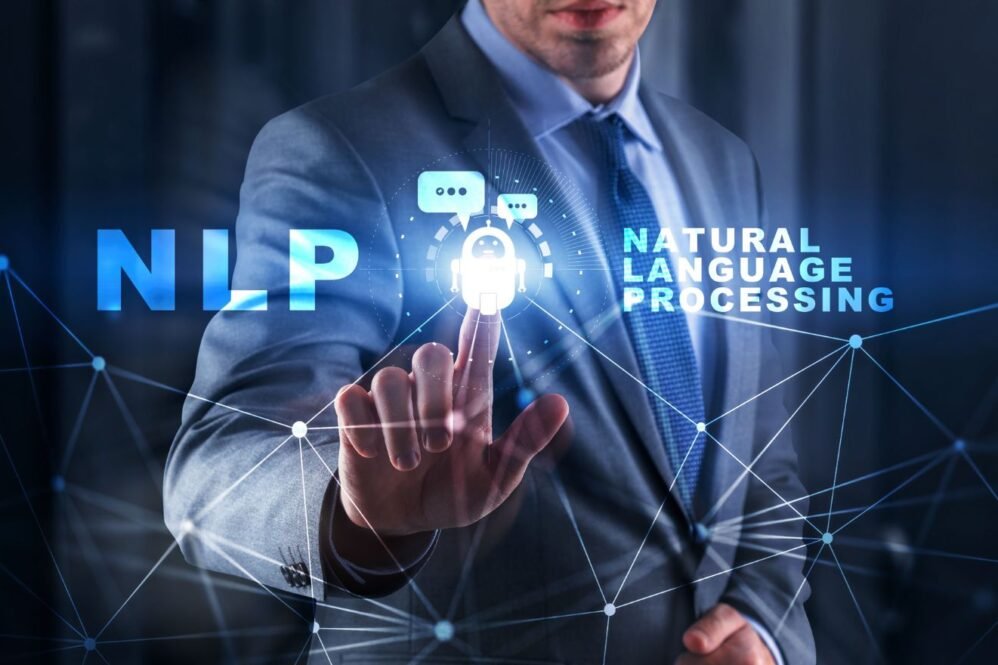Natural Language Processing learning path (NLP Learning Path) has evolved into one of the most impactful fields within Artificial Intelligence, powering everything from conversational agents to sentiment analysis systems. As we move into 2025, the demand for skilled NLP practitioners—spanning data scientists, machine learning engineers, and NLP researchers—continues to grow. This guide outlines a step-by-step roadmap to mastering NLP, drawing from leading industry resources and expert insights.
1. Understanding What NLP Is
At its core, NLP is the discipline of building machines that can understand, interpret, and generate human language or text-like data. It sits at the intersection of computer science, linguistics, and artificial intelligence. Whether applied to chatbots, translation engines, search systems, or document summarization, NLP enables machines to bridge the gap between raw language and structured data.
Key application areas include in your NLP Learning path:
- Text Classification: Spam detection, topic labeling.
- Information Extraction: Pulling structured facts from unstructured text.
- Sentiment Analysis: Understanding opinions and emotions in text.
- Machine Translation: Converting text from one language to another.
- Conversational AI: Powering virtual assistants and chatbots.
2. Foundational Skills to Build First
Before diving into NLP-specific algorithms, a solid grounding in data science fundamentals is crucial to cover in this NLP Learning Path.

Recommended prerequisites:
- Mathematics: Linear algebra, probability, statistics.
- Programming: Python proficiency, particularly with libraries like NumPy, pandas, and Matplotlib.
- Machine Learning Basics: Understanding supervised/unsupervised learning, model evaluation metrics, and overfitting.
3. The Step-by-Step NLP Learning Path
Month 1–2: Core NLP Concepts
- Text Preprocessing: Tokenization, stemming, lemmatization, stopword removal.
- Language Models: Introduction to n-grams, TF-IDF, and word embeddings.
- Syntax & Semantics: Part-of-speech tagging, named entity recognition.
Suggested Tools:
NLTK, spaCy, scikit-learn.
Month 3–4: Deep Learning for NLP
- Neural Networks in NLP: Word2Vec, GloVe, and fastText embeddings.
- Sequence Models: RNNs, LSTMs, GRUs.
- Attention Mechanisms: How Transformers Revolutionized NLP.
Suggested Tools:
PyTorch, TensorFlow, Hugging Face Transformers.
Month 5–6: Advanced Topics
- Transformer Architectures: BERT, GPT, T5, LLaMA.
- Fine-tuning & Transfer Learning: Adapting pre-trained models to domain-specific tasks.
- Evaluation Techniques: BLEU, ROUGE, METEOR scores.
Month 7–8: Specialized NLP Applications
- Conversational AI: Building chatbots using Rasa or Dialogflow.
- Information Retrieval: Search engines, semantic search.
- Document Summarization & Q&A Systems.
Month 9–12: Real-World Projects & Research
- Contribute to open-source NLP projects.
- Participate in Kaggle NLP competitions.
- Develop portfolio projects like sentiment dashboards, multilingual chatbots, or summarization APIs.
4. Career Opportunities in NLP
On completion of the NLP Learning Path, your career path can start with entry-level roles such as Junior NLP Engineer or Machine Learning Associate and progress toward NLP Scientist, AI Researcher, or NLP Team Lead. According to Coursera and Great Learning, the growth in AI applications ensures that NLP experts will remain in high demand across sectors like:
- Tech & Software
- Healthcare
- Finance
- Education
- Customer Support Automation
5. The Difference Between NLP in AI and NLP in Psychology
It’s important to note that “NLP” can also refer to Neuro-Linguistic Programming—a personal development and communication methodology. While unrelated to AI-driven NLP, it also uses the term “language” in the context of human thought patterns and behavior change. When researching learning paths, make sure you’re focused on the right domain.
6. Tips for Success in Your NLP Learning Journey
- Stay Current: NLP evolves rapidly—track research papers, GitHub repositories, and AI newsletters.
- Practice Over Theory: Implement every new concept in code.
- Collaborate & Network: Join communities like r/learnmachinelearning or AI meetups.
- Build a Portfolio: Showcasing hands-on projects significantly boosts employability.
Conclusion
By following a structured roadmap—starting from foundational skills, advancing to deep learning techniques, and culminating in specialized applications—you can position yourself as an NLP expert by 2025. The blend of academic learning, practical projects, and real-world exposure will ensure you remain competitive in one of AI’s most dynamic fields.




